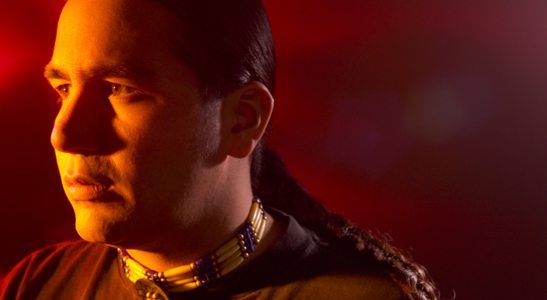One of only two university programs selected for the grant nationwide, the Native American Research and Training Center(NARTC) at the University of Arizona College of Medicine – Tucson, was awarded a five-year, $975,000 Indians into Medicine (INMED) grant from the Indian Health Service.
“According to the Association of American Medical Colleges, Arizona will suffer a shortage of 40,000 physicians by 2020 and the hardest hit will be rural and tribal communities,” said Teshia Solomon, PhD, associate professor in the UA Department of Family and Community Medicine and co-director of NARTC.
The UA historically has ranked among the top schools nationally in recruiting Native American applicants to medical school, and to other health professions schools, but more work needs to be done, said Karen Francis-Begay, MA, assistant vice president of tribal relations at the UA.
“Although first-year retention rates of Native American students has increased significantly to 70 percent, four- and six-year graduation rates remain disappointing,” said Francis-Begay.
The Arizona Indians into Medicine (AZ INMED) program recruits, supports and encourages American Indians and Alaskan Native (AI/AN) students to enter and succeed in health professions. The federally funded INMED grants support Native American pre-medicine/pre-health professions students, as well as graduate and professional students pursuing advanced degrees in medicine, public health and pharmacy, providing academic, career, cultural and personal support within a cultural context.
The AZ INMED program will collaborate with Tribal Nations, K-12 school districts, community colleges, tribal colleges, universities and established AI/AN health professionals and collaborate with academic and student service departments at the UA to provide enrichment efforts in math and science.
AZ INMED is co-sponsoring the 2015 NARTC Winter Institute today and will feature a review of the AZ INMED program and a discussion of new opportunities to support STEM training, including other UA-based programs aimed at increasing the number of AI/AN students interested in the health professions. The institute will take place from 8 a.m. to 5 p.m. in Room 122 of the UA College of Nursing, 1305 N. Martin, and is open to the public.
The institute is designed to inform UA faculty, students and tribal communities of the opportunities to strengthen the diversity of the AI/AN health and science workforce and to determine the gaps in the training pipeline and needs of AIAN students and junior faculty.
On Tuesday, March 24, NARTC faculty and students will present their research in an oral report to the represented tribal communities.
Located within the UA College of Medicine’s Office of Diversity & Inclusion, the INMED team includes:
· Principal investigators Solomon and Francis-Begay;
· Recruitment and retention team member Linda Don, assistant dean for outreach and recruitment at the UA College of Medicine – Tucson;
· Physician-mentor Carlos Gonzales, MD, professor, Department of Family and Community Medicine, assistant dean of medical student education;
· Program coordinator Agnes Attakai (Navajo) and outreach coordinator Justin Hongeva (Hopi), who share programmatic, outreach and recruitment responsibilities;
· Learning specialist Alberta Arivso, PhD, who provides academic and social support services for students.




